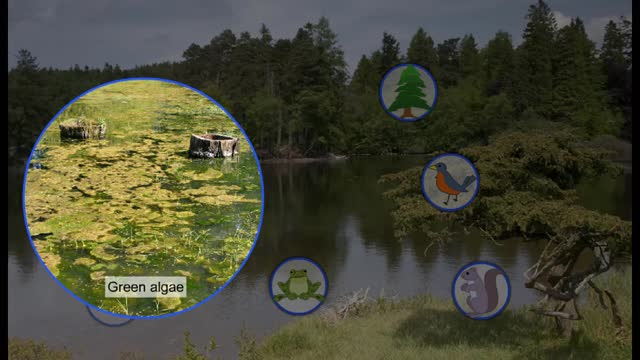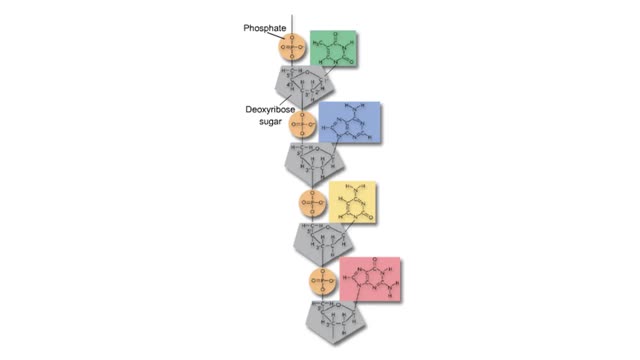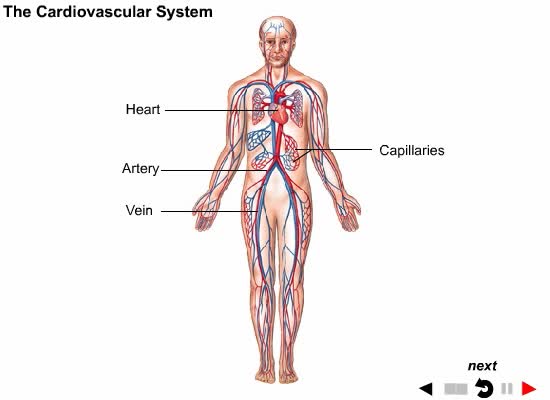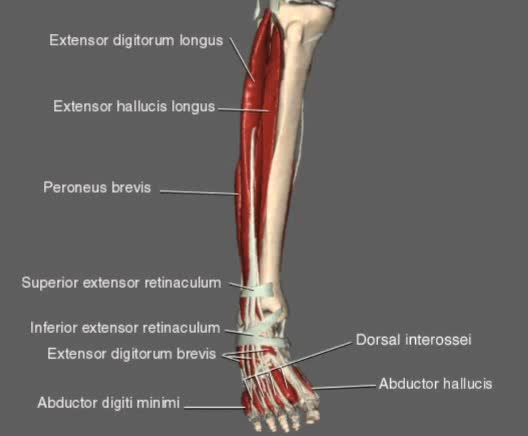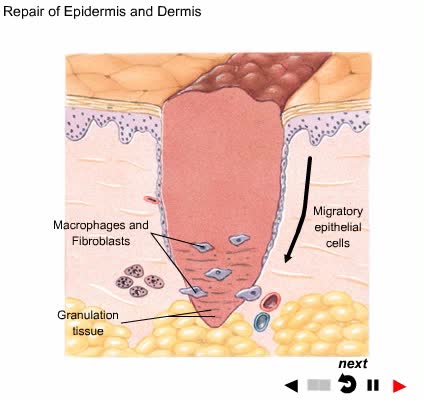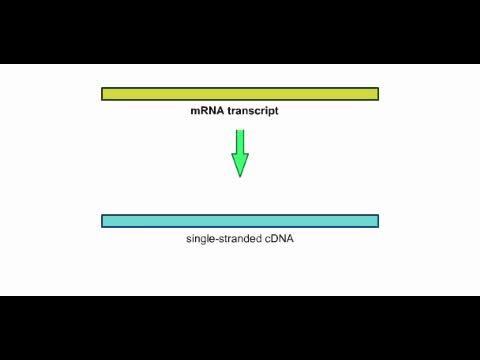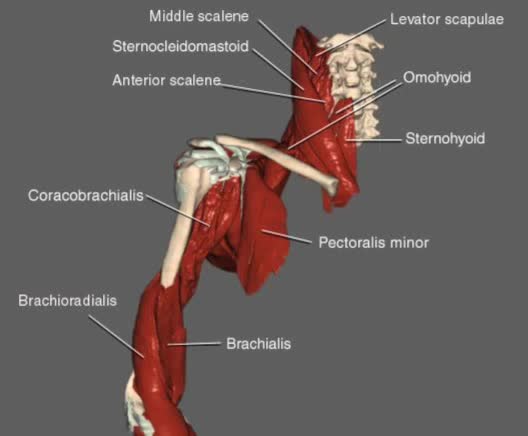Search Results
Results for: 'Photosynthesis overview Animation'
Global warming and its effect on climate change
By: HWC, Views: 10592
Global warming, habitat destruction, and pollution are all hot topics in the news. Environmentalists are concerned that many of these factors will lead to the loss of species. But how will this happen? One way to think about the environment is as a finely-tuned, high performance engine. If one...
Chloroplast Structure & Light Dependent Reactions (Photosystem 1 and 2 Cyclic Electron Flow)
By: HWC, Views: 10567
The leaf is the principle photosynthetic organ of the plant. This is a cross section of a leaf. The rectangular-shaped cells are part of the photosynthetic tissue called the palisade mesophyll. Each photosynthetic cell can contain several hundred organelles known as chloroplasts. The chlorop...
Energy Flow - Trophic Levels and Food
By: HWC, Views: 10606
All of these relationships between different species are founded on one thing: energy. Organisms get food in order to get energy, which is used by the organism for growth, maintaining health, and reproduction. We can classify the members of a community according to how they obtain food. Produc...
Introduction to Body Systems Animation
By: Administrator, Views: 917
Systems: A group of different organs functioning together for a common purpose.
By: Administrator, Views: 477
This animation shows a list of muscles found in the leg used for movement
By: Administrator, Views: 13980
A wound is an injury to living tissue caused by a cut, blow, or other impact, typically one in which the skin is cut or broken.
By: HWC, Views: 5465
This animation shows how an mRNA transcript can be used to make a cDNA strand.
By: Administrator, Views: 791
Four muscles—the supraspinatus, infraspinatus, teres minor, and subscapularis—make up the rotator cuff. It stabilizes the shoulder and holds the head of the humerus into the glenoid cavity to maintain the principal shoulder joint.
Advertisement



